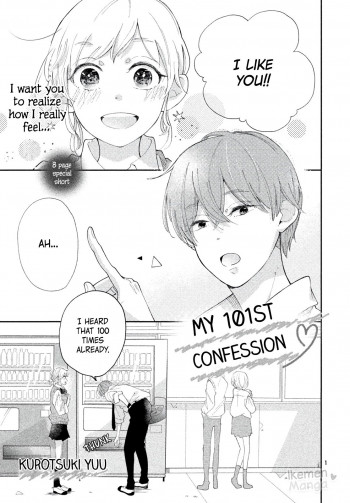In Taking Catie, the third installment of Helen Hardt's Temptation Saga, readers are treated to a compelling narrative that explores themes of unrequited love, personal growth, and the complexities of relationships. The story revolves around Catie Bay, a character whose journey from a lovesick girl to a confident woman is both relatable and inspiring. Hardt masterfully crafts a tale that not only captivates the reader's attention but also delves deep into the emotional intricacies of love and desire.
The novel opens with a glimpse into Catie's past, where her infatuation with the much older Chad McCray is established. This initial setup is crucial as it lays the groundwork for the emotional stakes that will unfold throughout the story. Catie's decision to flee to Europe after a failed seduction attempt is a pivotal moment that signifies her desire to escape not just her feelings for Chad but also the confines of her youthful naivety. This act of fleeing is symbolic of her need for self-discovery and growth, a theme that resonates strongly throughout the book.
Fast forward four years, and Catie returns transformed—no longer the innocent girl next door, she has evolved into a beautiful, worldly woman. This transformation is not just physical; it represents her journey of self-empowerment and independence. Hardt does an excellent job of illustrating Catie's character development, showcasing her newfound confidence and the complexities of her emotions as she navigates her feelings for Chad. The contrast between the younger Catie and the woman she has become is striking and serves as a testament to Hardt's skill in character development.
Chad McCray, on the other hand, embodies the quintessential bachelor archetype. He is charming, successful, and seemingly uninterested in love, which makes his attraction to Catie all the more intriguing. Hardt paints Chad as a complex character who, despite his initial reluctance to commit, finds himself drawn to Catie's transformation. This dynamic creates a tension that is palpable throughout the narrative, as readers are left wondering whether Chad will recognize the depth of his feelings before it’s too late.
The chemistry between Catie and Chad is electric, and Hardt does an exceptional job of building this tension. The author skillfully balances moments of passion with introspective scenes that allow readers to delve deeper into the characters' psyches. The dialogue is sharp and engaging, often laced with humor and wit, which adds a layer of authenticity to their interactions. As Catie and Chad navigate their complicated relationship, readers are treated to a rollercoaster of emotions—joy, frustration, longing, and ultimately, hope.
One of the standout themes in Taking Catie is the idea of timing in relationships. Hardt explores how sometimes, individuals are not ready for love when it presents itself, and how personal growth can change one's perspective. Catie's journey of self-discovery is a reminder that love is not just about finding the right person but also about being the right person for oneself. This theme is particularly poignant in today's world, where many individuals grapple with their identities and desires.
Moreover, the book touches on the societal expectations surrounding love and relationships, particularly the stigma associated with age differences. Catie's initial infatuation with Chad as a child and her later attraction to him as an adult raises questions about the nature of love and whether it can truly transcend age. Hardt navigates this topic with sensitivity, allowing readers to reflect on their own beliefs about love and attraction.
In terms of pacing, Hardt maintains a steady rhythm throughout the novel. The narrative flows smoothly, with each chapter building upon the last, creating a sense of anticipation that keeps readers engaged. The author expertly weaves in subplots that enrich the main storyline, providing depth to the characters and their relationships. The supporting cast is well-developed, adding layers to the narrative and enhancing the overall reading experience.
While Taking Catie stands on its own, it also serves as a continuation of the Temptation Saga, and readers familiar with the previous books will appreciate the character arcs and ongoing storylines. However, new readers will find that Hardt provides enough context to enjoy this installment without feeling lost. The interconnectedness of the characters adds a richness to the story, making it a rewarding read for fans of contemporary romance.
In comparison to other works in the genre, such as Beautiful Disaster by Jamie McGuire or The Hating Game by Sally Thorne, Hardt's narrative stands out for its emotional depth and character-driven storytelling. While many romance novels focus heavily on the physical aspects of relationships, Taking Catie emphasizes the importance of emotional connection and personal growth, making it a refreshing addition to the genre.
In conclusion, Taking Catie is a beautifully crafted romance that explores the complexities of love, desire, and personal growth. Helen Hardt's ability to create relatable characters and weave a compelling narrative makes this book a must-read for fans of contemporary romance. Catie's journey from a lovesick girl to a confident woman is not only inspiring but also a reminder that love often comes when we least expect it. With its engaging plot, well-developed characters, and thought-provoking themes, Taking Catie is sure to leave a lasting impact on its readers.
























Reviews 0
Post a Reviews: